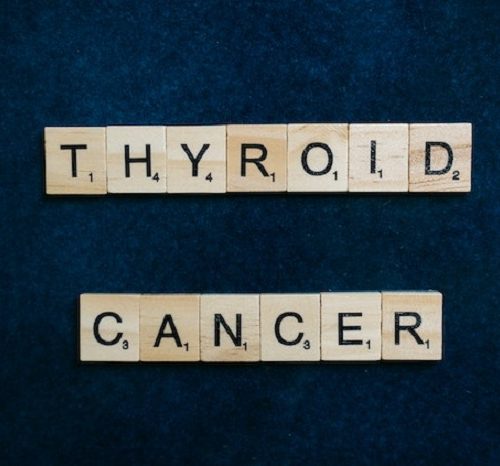Electroconvulsive treatment (ECT) is a method in which an electric current is purposely applied to the brain through the scalp to create a brief seizure. ECT therapy is used to treat persons who have severe mental diseases, such as depression, and who have not responded to previous therapies.
What is the definition of EC?
Electroconvulsive treatment (ECT) is a method that produces seizures by passing a short electric current via the scalp to the brain. It is primarily used to treat patients who have severe depression.
When is ECT helpful?
People suffering from serious depression are often treated with antidepressants, psychotherapy, and medication. These therapies, while frequently beneficial, require time to work.
This latency can be problematic for people who have delusions (false ideas) or serious suicidal thoughts. ECT works faster than pharmaceuticals and is beneficial when patients are in urgent danger of self-injury or suicide.
When antidepressants medicines fail to function, ECT may be recommended. It may be beneficial for elderly patients who are unable to handle antidepressants, as well as pregnant women where medication may harm the fetus. People with bipolar illness and schizophrenia may benefit from ECT as well.
What is the history of ECT?
ECT has a tumultuous history. When electroconvulsive treatment (ECT) was initially launched in the 1930s, it was referred to as “electroshock therapy.” During its early use, patients suffered shattered bones and other injuries frequently.
Muscle relaxants were not available to treat the intense convulsions generated by ECT. As a result, it is regarded as one of the most contentious therapies in modern psychiatry.
Electrical currents are delivered more precisely and in a more regulated manner in contemporary ECT. To lessen the chance of damage, the patient is also given muscle relaxants and sedated. ECT is now supported by both the American Medical Association and the National Institutes of Mental Health.
What is the procedure in which ECT is performed?
A patient should be given a pain reliever and be placed to sleep with a general anesthetic before the ECT therapy. A highly regulated electric current is passed to the patient’s scalp through electrodes. The brain suffers a short seizure as a result of this current.
Because the muscles are relaxed, the seizure’s observable consequences are generally restricted to the subtle movement of the hands and feet. During therapy, patients are closely watched.
The patient awakens minutes later, has no recollection of the therapy or the events that preceded it, and is frequently bewildered. Typically, the perplexity lasts for a brief amount of time. ECT is often administered up to three times per week for two to four weeks.
What are the risks involved in ECT?
ECT, like any medical technique, carries some dangers. Short-term memory loss and trouble learning have been linked to ECT therapy. Some persons have difficulty recalling events that occurred in the weeks preceding the therapy or earlier.
Memory issues usually improve after a few months. Some patients may develop long-term issues, such as chronic memory gaps. In order to assess a patient’s progress, the treatment team will seek the assistance of the patient’s family.
Families may assist by gently reminding children of the day and date, as well as the fact that feeling confused is normal. Family members should notify the nurse if they have any concerns about a loved one during ECT Therapy.






